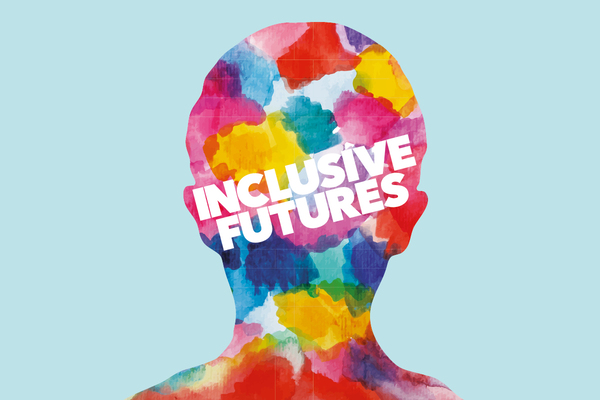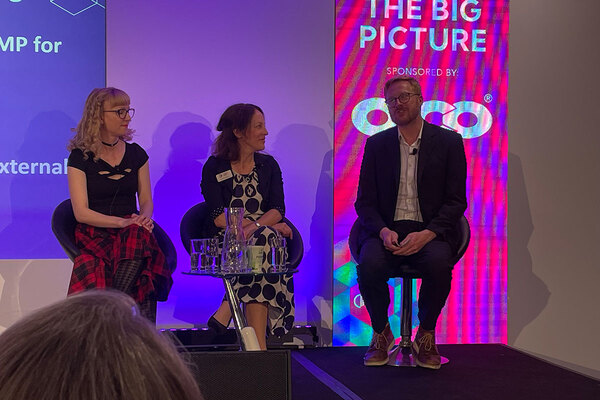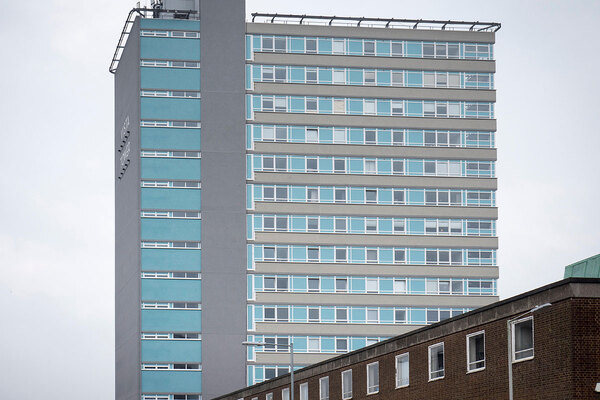You are viewing 1 of your 1 free articles
Housing associations promise action following gender pay reports
Major housing associations are revealed to have gender pay gaps of more than 25%, as the government deadline for reporting the figures passed at midnight yesterday.
Supported housing association Housing & Care 21 has a median gender pay gap of 28%, thought to be the highest reported among housing associations.
The government now requires organisations with more than 250 employees to report the median and mean pay gap between men and women. Yesterday was the deadline for the figures to be submitted. The full data can be found on the government’s gender pay website here.
Housing & Care 21 had the widest gender pay gap out of all housing associations who had to report their figures, according to a Housing Net list of the largest housing associations. The mean hourly rate for women is 36% lower than the men’s at the organisation.
Bruce Moore, chief executive of Housing & Care 21, said the gap was due to “significantly more females than males” choosing to work in care roles which make up more than 70% of the association’s workforce “but have traditionally been among the lowest paid roles”.
He also said women are “under-represented in more senior roles” in the organisation.
According to the figures submitted to government women make up 77% of the highest paid employees at the organisation, but an even larger proportion of women are lower paid workers – with 95% in the lowest paid bracket.
He added: “As of April we have increased rates of pay for our care workers, so they all earn at least 10% above the National Living Wage rate.
“Even though we have job evaluation, pay benchmarking and standard rates of pay to ensure men and women are paid the same for doing the same job, like many organisations, women are under-represented in more senior roles and this is also having an adverse effect on our gender pay position.
“We have a clear action plan in place to reduce our gender pay gap. This includes investing in leadership development for a wider group of staff and thinking more creatively about how we design jobs to offer more flexibility. We are committed to being an inclusive organisation for all.”
Places for People reported a large gender pay gap within the arm of its business which employs senior managers, executives and corporate services.
This company – Places for People Group Limited – reported a median gap of 27.7% between men’s and women’s pay and a mean gap of 39.8% among around 300 employees.
However, the full group, which employs 11,000 staff across the company’s leisure services, housing and other associated business had a much smaller gender pay gap which showed on a median basis women were paid 5.5% more than men. The mean figure scored men 6.3% in front.
A Places for People spokesperson said: “Although this is below other organisations with similar workforce size and turnover, we recognise that we can do more to reduce the gap in some parts of our business.
“That’s why we are taking specific steps such as: actively working with recruitment partners to promote greater diversity among candidates; making gender balance an integral part of talent management; investing in management and leadership programmes for everybody; and redeveloping our careers website to promote opportunities in a gender-neutral way and showcasing success stories of our female employees in senior management roles.
“We are making progress and will do everything we can to continue to improve our gender diversity across our business and at our most senior levels.”
Gender pay reporting explained
Under Equality Act regulations, employers (including housing associations) with more than 250 employees have until 4 April to publish information about their gender pay on their website and on a government website.
An employer must publish the results of six calculations for pay over a 12-month period:
- average gender pay gap as a mean average
- average gender pay gap as a median average
- average bonus gender pay gap as a mean average
- average bonus gender pay gap as a median average
- proportion of males receiving a bonus payment and proportion of females receiving a bonus payment
- proportion of males and females when divided into four groups ordered from lowest to highest pay.
The regulations specify how hourly pay, bonus pay and hourly rate should be calculated and in what circumstances agency workers and self-employed people should be included in the calculations
Results for individual organisations can be found on the government's gender pay reporting website here. Find results for housing providers by using the search boxes, or by filtering by sector.
Inclusive Futures
Inside Housing’s Inclusive Futures campaign aims to promote and celebrate diversity and inclusion.
We are pledging to publish diversity audits of our own coverage.
We are also committed to proactively promoting positive role models.
We will do this through the pages of Inside Housing. But we will also seek to support other publications and events organisations to be more inclusive.
Our Inclusive Futures Bureau will provide a database of speakers and commentators from all backgrounds, for use by all media organisations.
We are also challenging readers to take five clear steps to promote diversity, informed by the Chartered Institute of Housing’s diversity commission and the Leadership 2025 project.
INSIDE HOUSING’S PLEDGES
We will take proactive steps to promote positive role models from under-represented groups and provide information to support change.
We pledge to:
Publish diversity audits: We will audit the diversity of the commentators we feature. We will formalise this process and publish the results for future audits twice a year.
Promote role models: We will work to highlight leading lights from specific under-represented groups, starting in early 2018 with our new BME Leaders List.
Launch Inclusive Futures Bureau: We will work with the sector to compile a database of speakers, commentators and experts from under-represented groups. The bureau will be available to events organisers, media outlets and publications to support them to better represent the talent in the sector.
Take forward the Women in Housing Awards: Inside Housing has taken on these successful awards and will work to grow and develop them.
Convene Inclusive Futures Summit: Our new high-level event will support organisations to develop and implement strategies to become more diverse and inclusive.
THE INCLUSIVE FUTURES CHALLENGE
Inside Housing calls on organisations to sign up to an inclusive future by taking five steps:
Prioritise diversity and inclusion at the top: commitment and persistence from chief executives, directors and chairs in setting goals and monitoring progress.
Collect data on the diversity of your board, leadership and total workforce and publish annually with your annual report. Consider gender, ethnicity, disability, sexuality, age, and representation of tenants on the board.
Set aspirational targets for recruitment to the executive team, board and committees from under-represented groups.
Challenge recruiting staff and agencies to ensure that all shortlists include candidates from under-represented groups.
Make diversity and inclusion a core theme in your talent management strategy to ensure you support people from under-represented groups to progress their careers.













